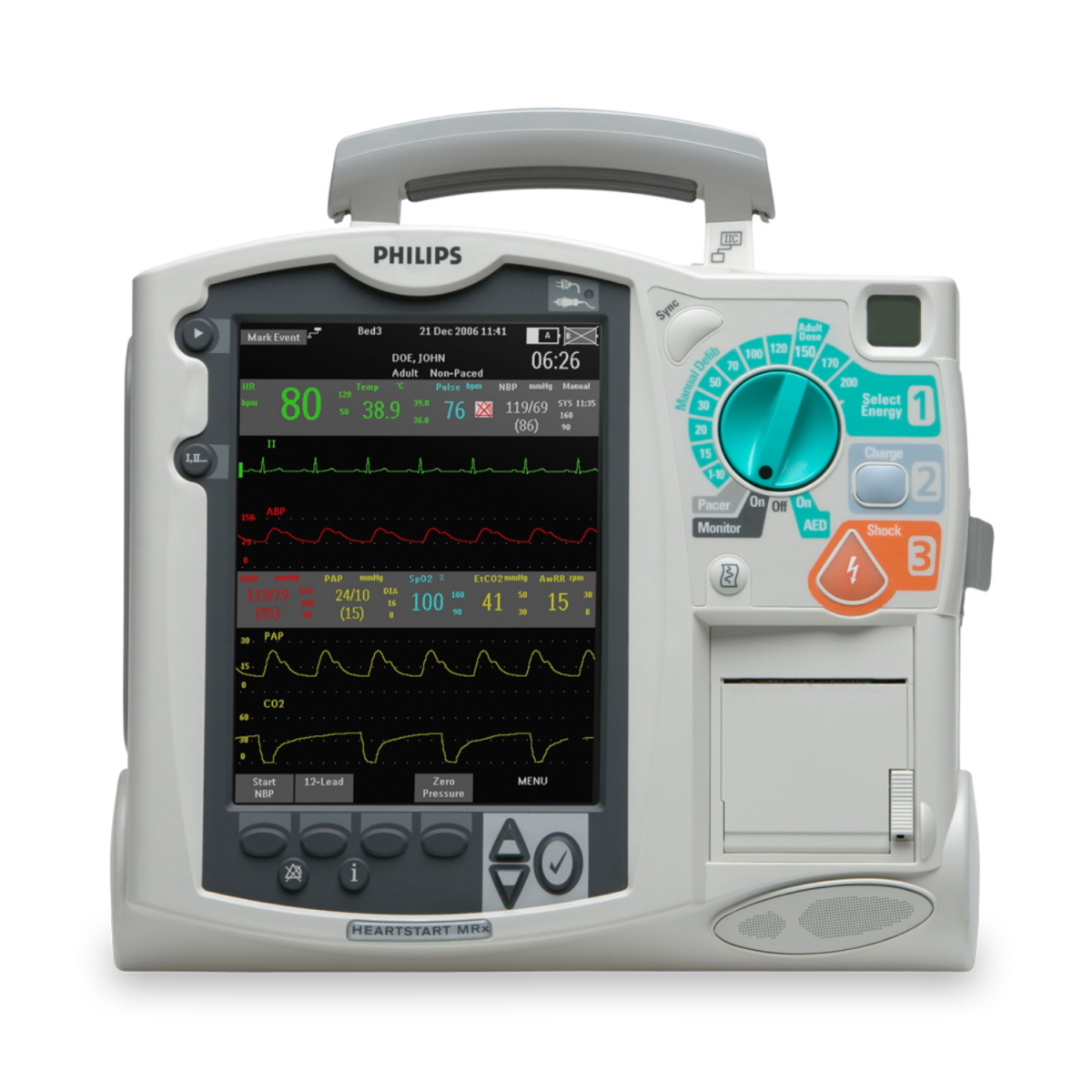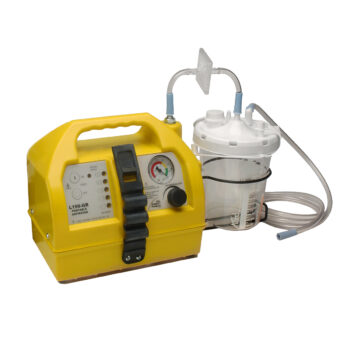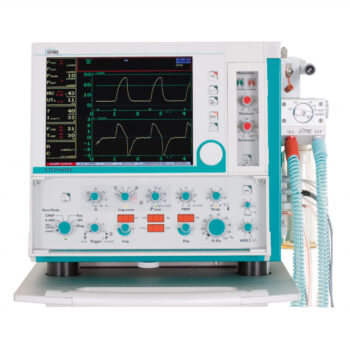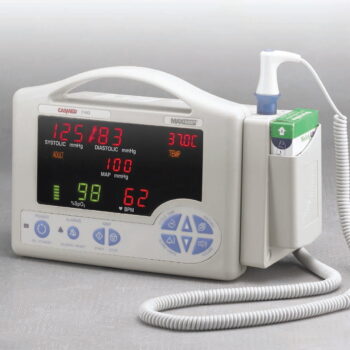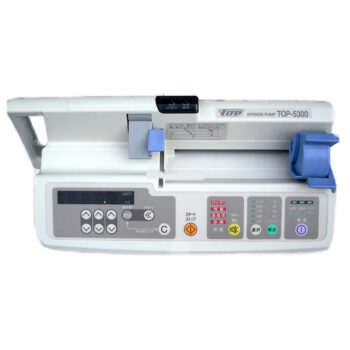The PHILIPS HEARTSTART MRX Defibrillator is a state-of-the-art medical device that stands at the forefront of advanced cardiac care. Designed to provide comprehensive monitoring, diagnosis, and treatment capabilities for a wide range of medical scenarios, this defibrillator plays a critical role in improving patient outcomes during cardiac emergencies.
Advanced Cardiac Care Technology:
The PHILIPS HEARTSTART MRX Defibrillator is equipped with a suite of cutting-edge technologies that contribute to its effectiveness in emergency cardiac care. It integrates monitoring, diagnostic, and therapeutic functionalities into a single, compact device. This comprehensive approach empowers healthcare professionals to make informed decisions rapidly, leading to better patient management and improved clinical outcomes.
Key Features:
1. Defibrillation: The core function of the PHILIPS HEARTSTART MRX Defibrillator is defibrillation, the delivery of controlled electric shocks to restore normal heart rhythm. It provides the necessary energy levels and waveform configurations to effectively treat life-threatening cardiac arrhythmias, such as ventricular fibrillation and pulseless ventricular tachycardia.
2. Monitoring: The defibrillator incorporates sophisticated monitoring capabilities, allowing healthcare providers to continuously assess the patient’s cardiac rhythm, heart rate, blood pressure, and oxygen saturation. This real-time information is critical for diagnosing the underlying cause of the cardiac emergency and tailoring appropriate interventions.
3. 12-Lead ECG: The device often includes a 12-lead electrocardiogram (ECG) feature, enabling the acquisition of detailed cardiac data. This 12-lead capability aids in diagnosing acute myocardial infarctions, ischemia, and other complex cardiac conditions, facilitating rapid decision-making.
4. Capnography: Some models of the PHILIPS HEARTSTART MRX Defibrillator come with capnography monitoring, which measures the concentration of carbon dioxide in exhaled breath. Capnography offers valuable insights into a patient’s respiratory status, helping healthcare professionals assess the effectiveness of ventilation and make appropriate adjustments.
5. Non-Invasive Pacing: In cases of symptomatic bradycardia, the device can deliver non-invasive pacing therapy. This feature provides a temporary solution to stabilize the heart rate until further interventions can be implemented.
6. User-Friendly Interface: The defibrillator’s user interface is designed with simplicity and clarity in mind. In high-stress situations, ease of use is paramount, and the device’s intuitive controls, clear visual cues, and audible prompts facilitate efficient operation by healthcare providers.
7. Data Storage and Transmission: The device is often equipped with data storage capabilities, enabling healthcare professionals to record and review patient information for subsequent analysis and documentation. Moreover, some models are equipped with data transmission capabilities, allowing for remote consultation and collaboration with medical experts.
Emergency Settings:
The PHILIPS HEARTSTART MRX Defibrillator finds utility across a range of healthcare environments:
1. Pre-Hospital Care: The portability and versatility of the device make it invaluable for emergency medical services (EMS) personnel. It allows first responders to quickly diagnose and initiate treatment for cardiac emergencies in the field.
2. Hospitals: Within hospital settings, the defibrillator is an essential tool for diagnosing and managing a diverse array of cardiac cases, including emergencies in the emergency department, intensive care units, and cardiac care units.
3. Transportation: The device can be used during patient transport, ensuring continuous monitoring and the availability of life-saving interventions throughout the journey.
Patient-Centric Care:
The PHILIPS HEARTSTART MRX Defibrillator underscores a patient-centric approach to cardiac care. Its capabilities enable healthcare professionals to tailor interventions based on individual patient needs, increasing the likelihood of positive outcomes while minimizing the risk of complications.
Conclusion:
In the landscape of advanced cardiac care, the PHILIPS HEARTSTART MRX Defibrillator shines as a beacon of innovation and lifesaving potential. Through its integration of monitoring, diagnostic, and therapeutic functionalities, this device empowers healthcare providers with the tools they need to respond swiftly and effectively to cardiac emergencies. By combining sophisticated technology with user-friendly design, the defibrillator underscores the critical importance of rapid and accurate cardiac care interventions, ultimately saving lives and enhancing patient well-being.
Features
• Easy to use Interface with a large color display
• Can Display 4 waveforms and numerics, or all 12 leads and numerics
• Screen views can be customized to fit the user’s preferences
• Normal or high-contrast view of easy viewing in different lighting conditions
• Seamless data transmission for 12 lead ECGs with optimal wireless link
• 10 hours of monitoring with 2 fully charged batteries
• Ready-For-Use indicator
• optimal AC or DC battery options

